Hope’s How-To: Build a Robin’s Nest – Part 3 – Baby Robins Are Here
Written by H, Posted in Christian Living, Gardening, Hope's How-To
They’re here!
While Wes and I were away, looks like Mama Robin had plenty of time to sit on her eggs! Four sweet baby robins have entered in to the world and are being raised on our patio. Wes has had to remind me several times to give the new family space—especially since the temperatures have been so cold—however today I was able to capture some photos of our tenants.
Mama and Papa Robin have pretty much taken over our property, and even pulling up the drive I can see them bouncing around on the lawn, giving me their most threatening glances. Fortunately, yesterday evening, I was able to get some photos of mama robin feeding her baby robins.
It is quite a phenomenon, watching robins feed their young. Robins are an altricial species, meaning that their young are hatched or born in an undeveloped state that requires care and feeding by the parents. Unlike chicks who hatch in a more mature state, baby robins aren’t the best looking birds of the bunch (although admittedly I do find them quite adorable).
Most baby robins have very few or no feathers, bulging eyes, and almost transparent skin. It is truly a miracle of creation to see these little birds up close, and also to observe the parent robins feeding their young.
Interestingly enough, robins start feeding at sunrise, and often Mama and Papa robins feed their young about every twenty minutes from sunrise to sunset. Their diet consists mostly of worms and berries.
Typically it takes baby robins two weeks (likely 9 to 16 days) to be fledged before they fly from the nest, and you can usually tell once baby robins are a week old as the parent robin(s) stop sleeping in the nest around that time.
Another important thing to remember about robins is that the parent robins go by sight and sound, not by smell. This means, that unlike other animals with young, if you discover a baby robin that has fallen from the nest, you can gently pick it up and place it back in the nest without the Mama and Papa robins abandoning the fledglings.
“Look at the birds of the air….” {Matthew 6:26}

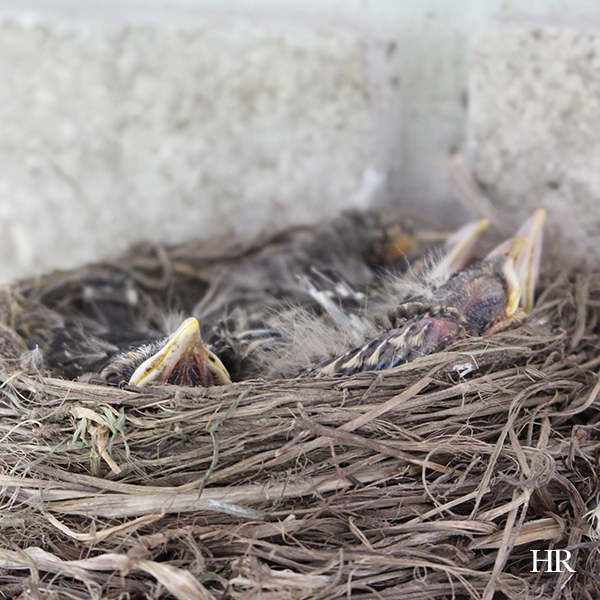
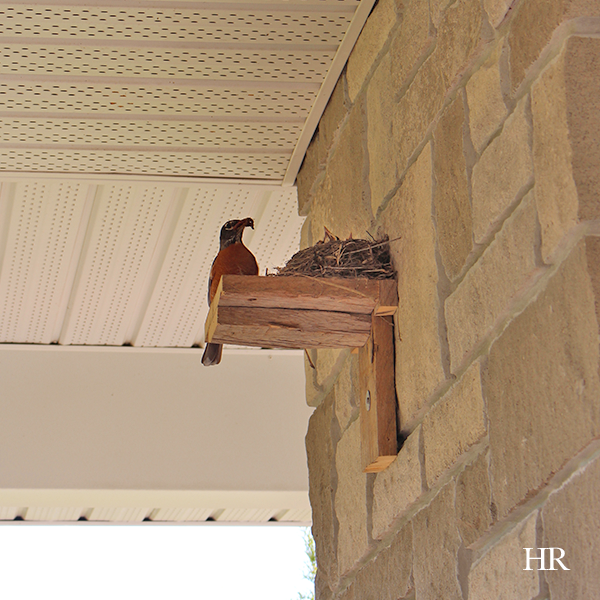
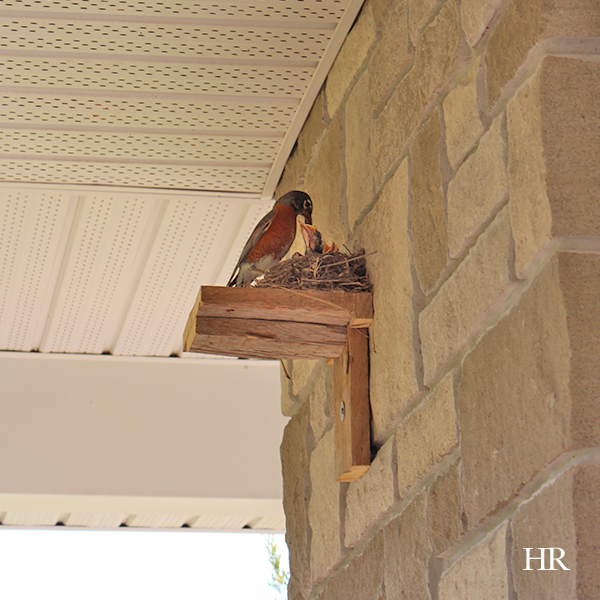
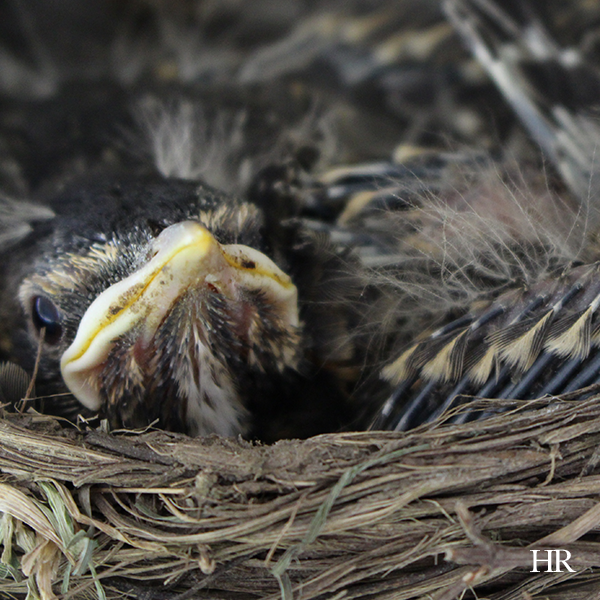
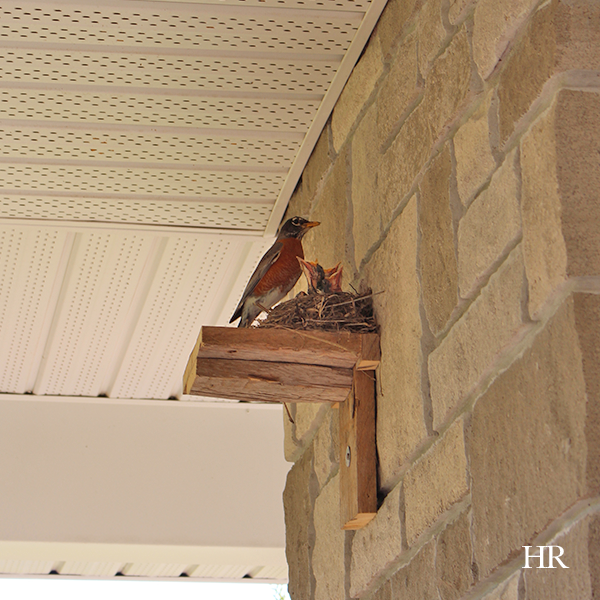
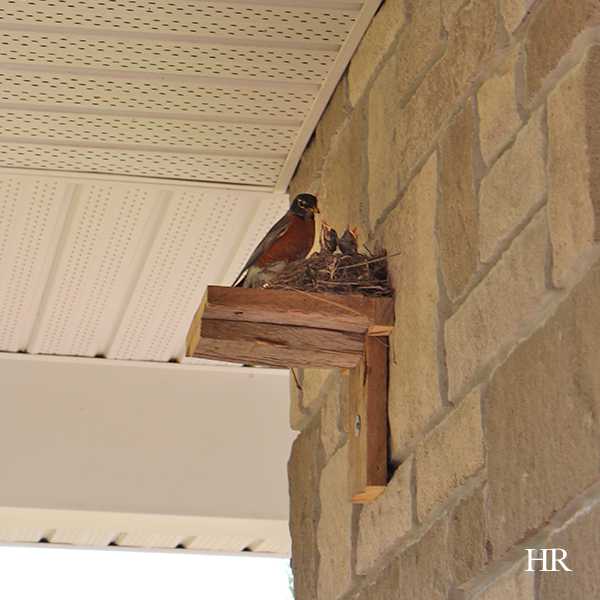
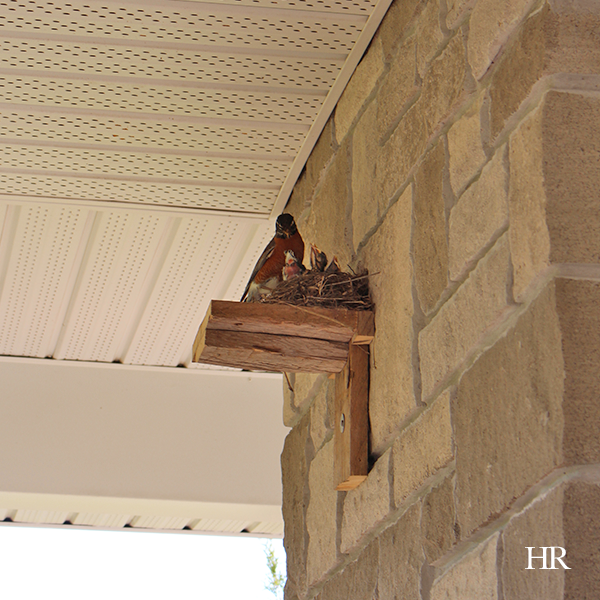
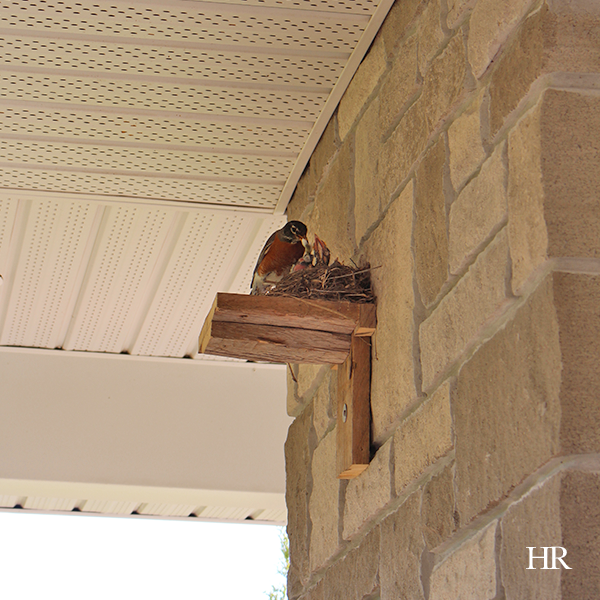
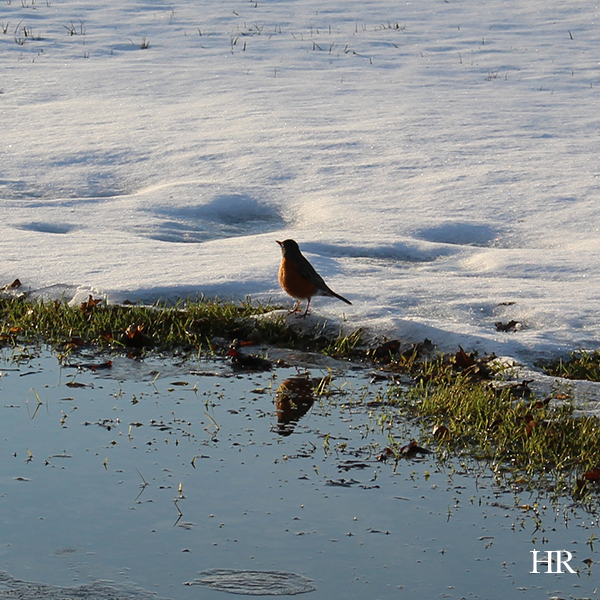
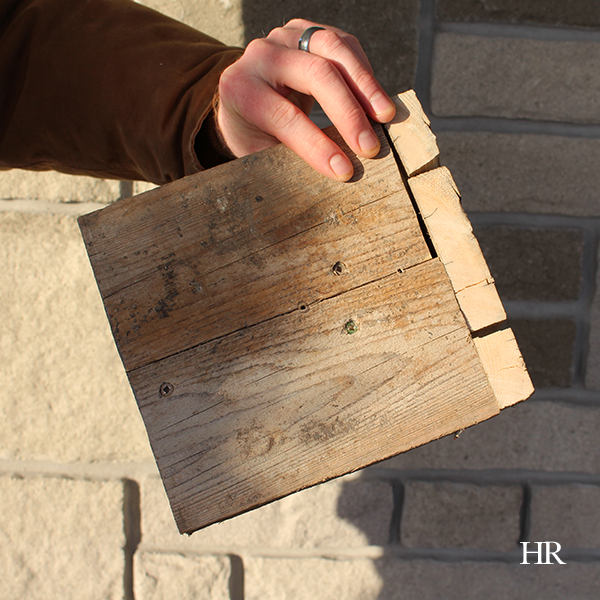
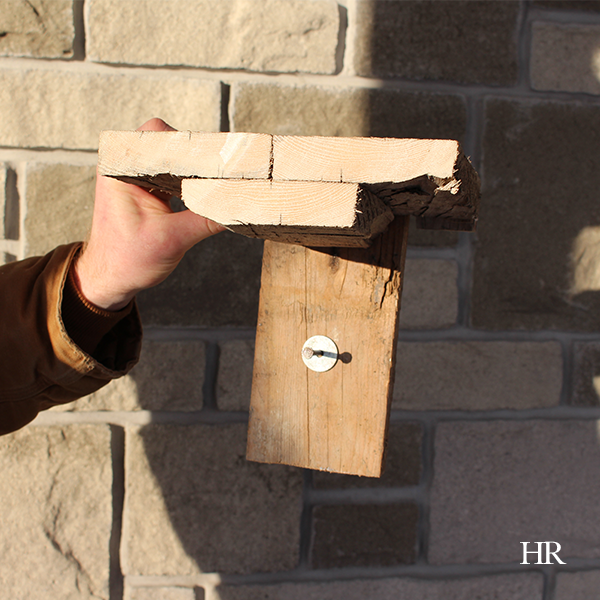
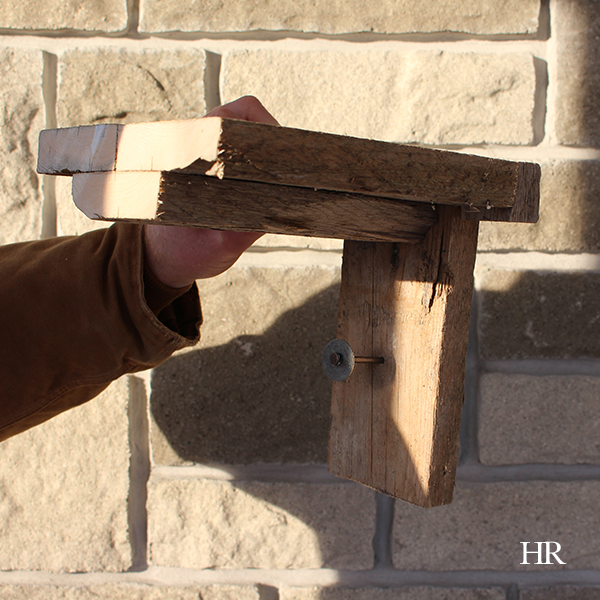
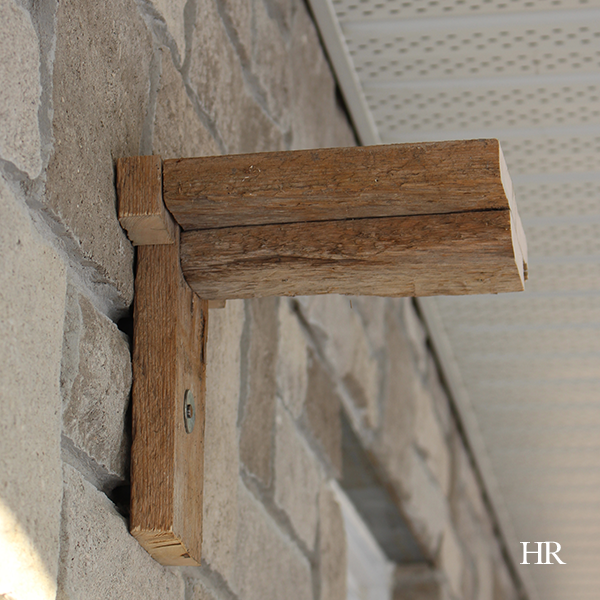
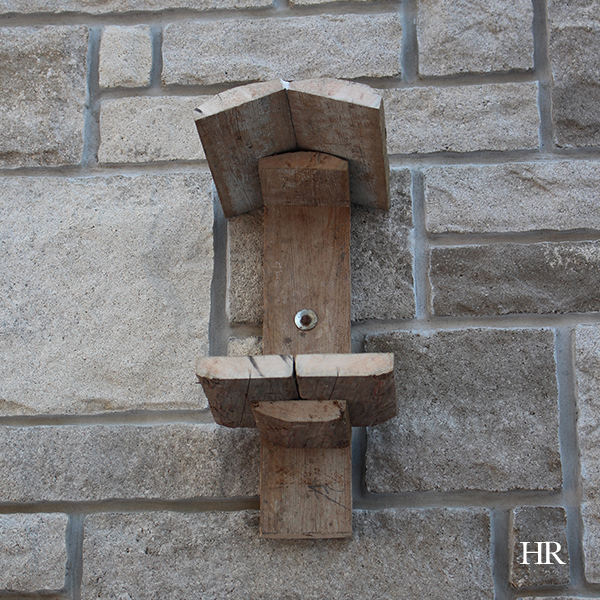
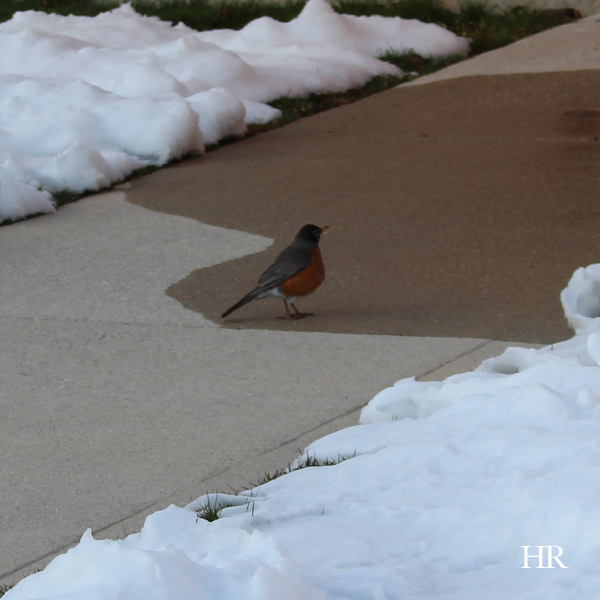

![False friends or counterfeit kindness; whatever you want to call it, the world is filled with people who will say one thing to your face and then another behind your back; people who will woo you in order to get something from you.
It’s sad, but it’s true.
The Bible provides us with examples from Joab to Judas, and yet, we’re surprised when we find ourselves deceived and hurt by someone else.
So what are some of the hallmarks of a true friend?
You can read more about this on hopereflected.com [Link in profile]
.
.
.
#friends #friendship #kindness #counterfeitkindness #hurt #proverbs #truefriends #hopereflected #blog #blogpost](https://www.hopereflected.com/wp-content/plugins/instagram-feed/img/placeholder.png)